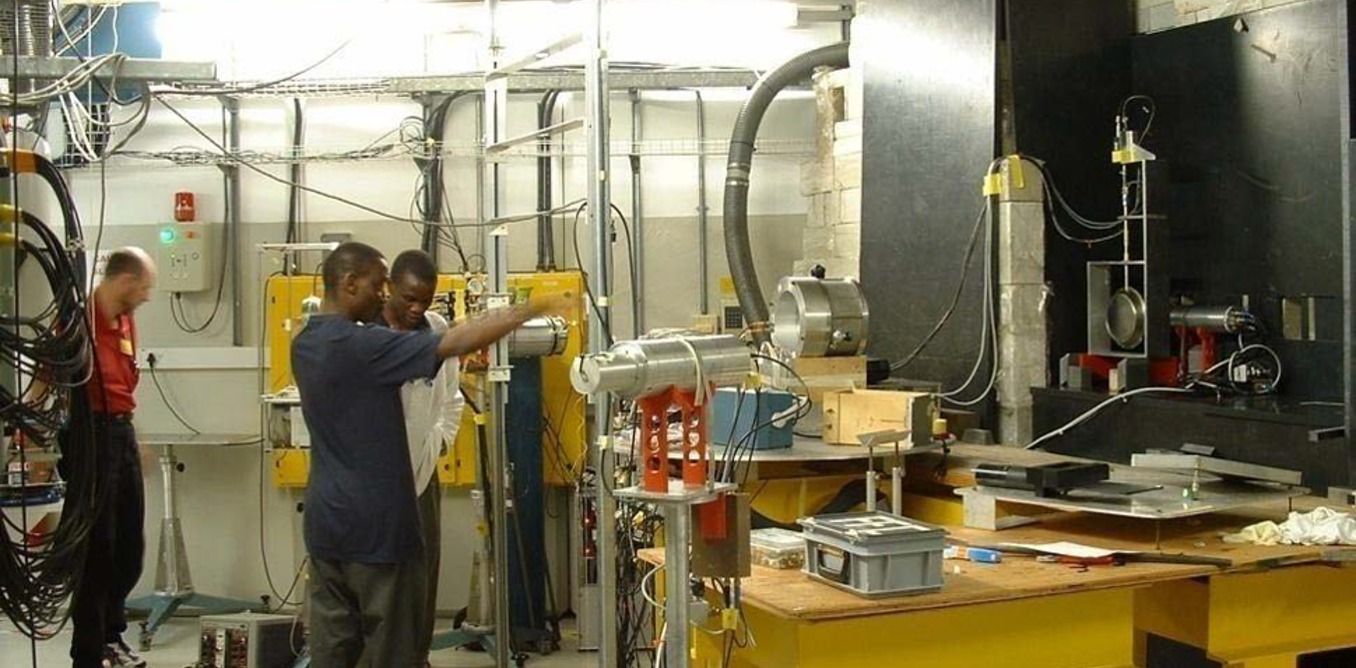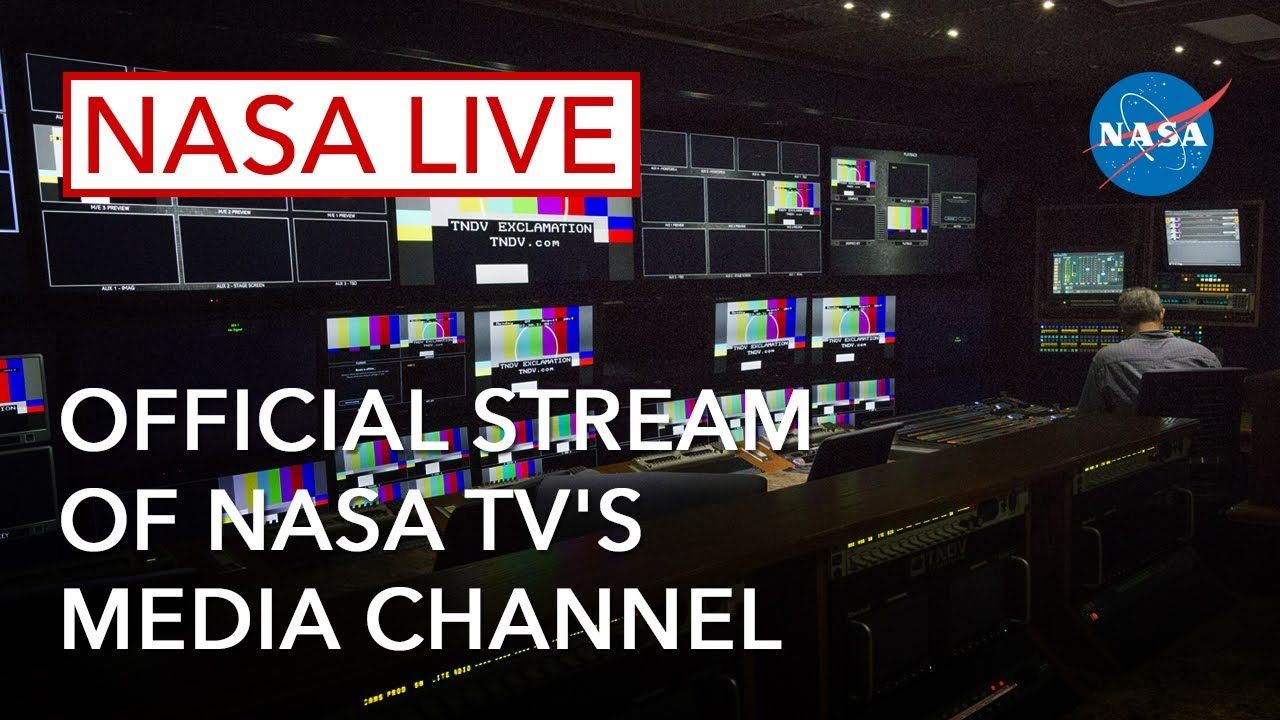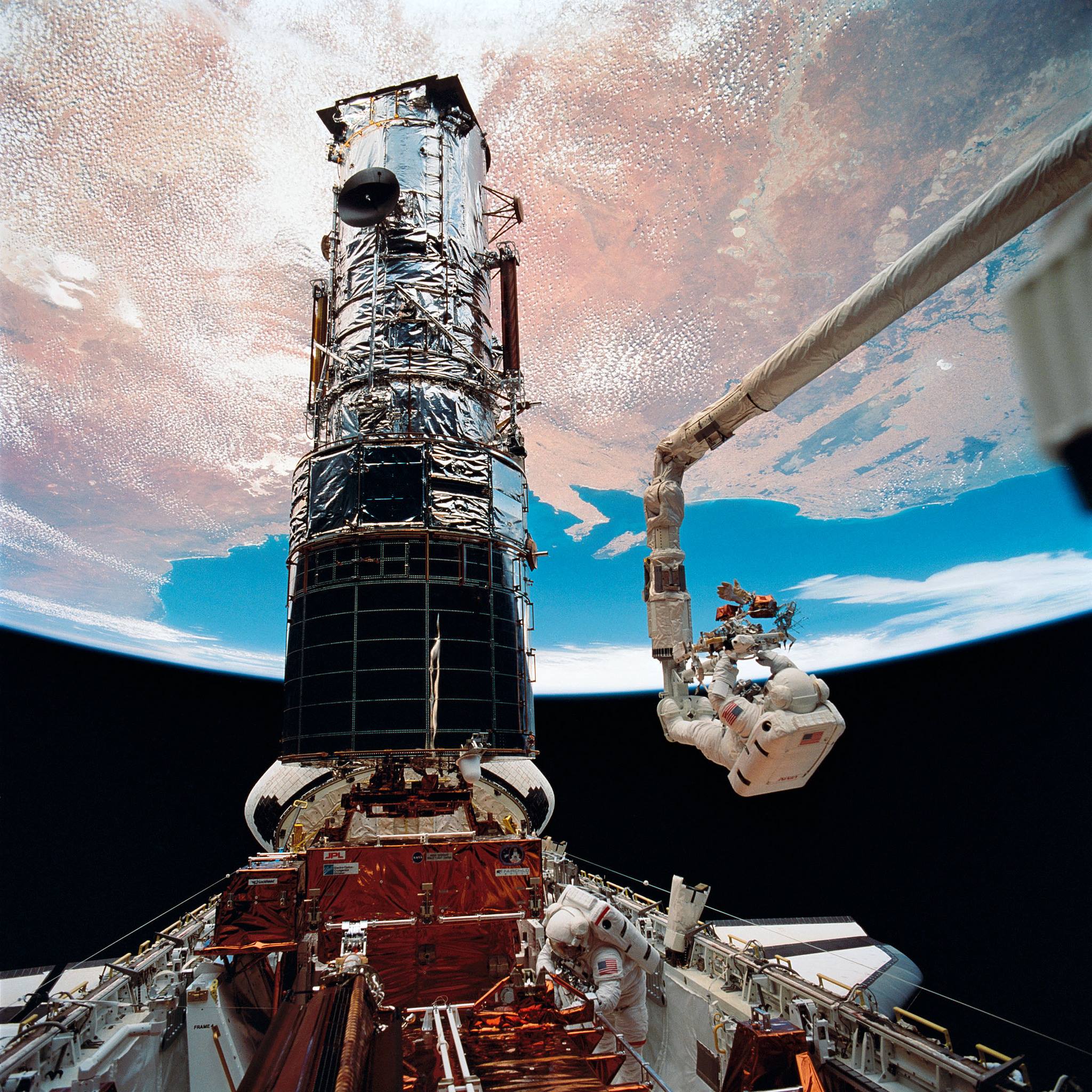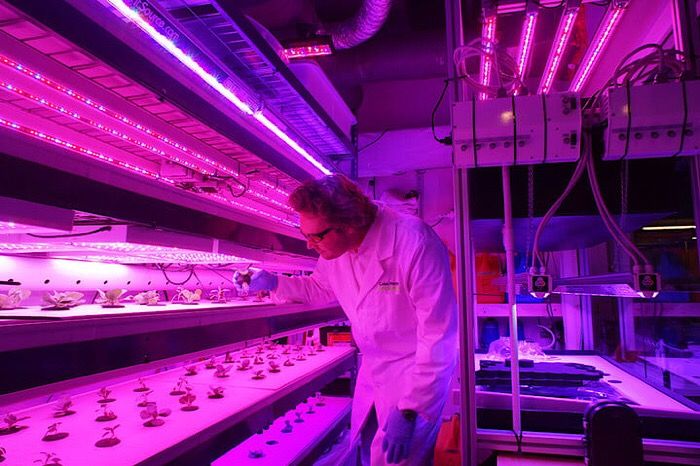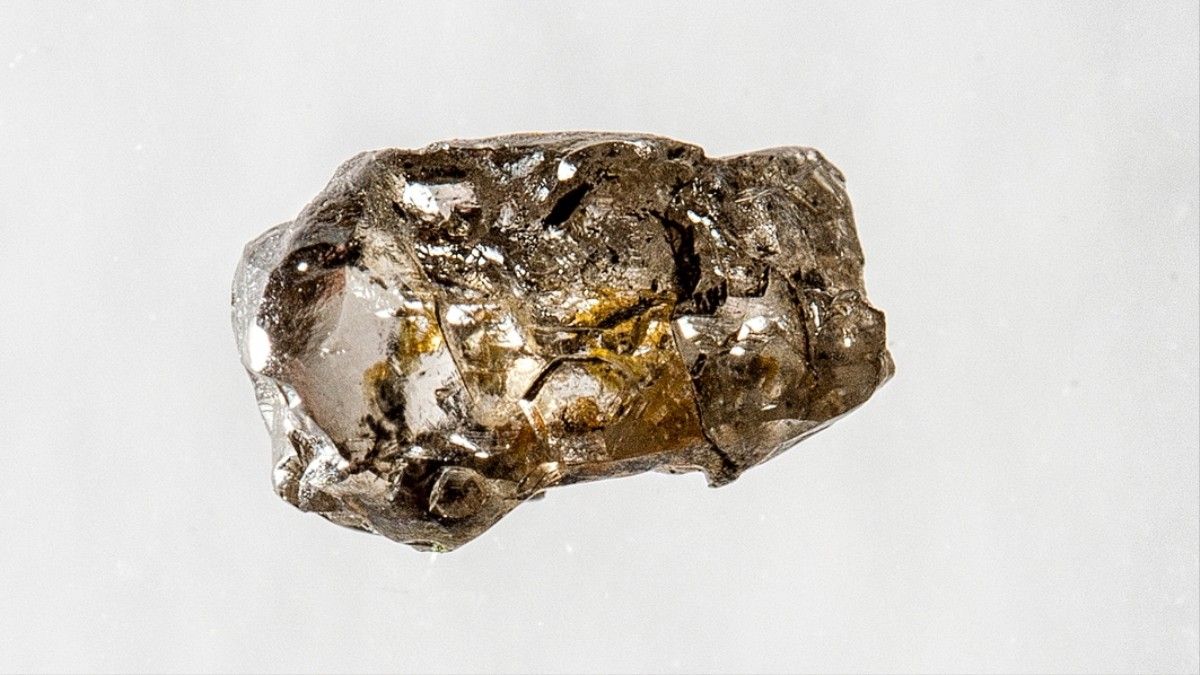Matter is all around us. As human beings, we’re made of it. Matter is the “stuff” that makes up the physical world as we know it; a collection of atoms made up of particles called protons, electrons and neutrons.
Part of my work, as a post-doctoral researcher at iThemba LABS (Laboratory for Accelerator Based Sciences) in Cape Town, South Africa, focuses on neutrons. These are subatomic particles that can penetrate through matter, which means they can be harnessed for all sorts of important work.
For example, high-energy neutrons may be used to destroy tough tumours that can’t be killed by the usual x-rays that are available in hospitals.
